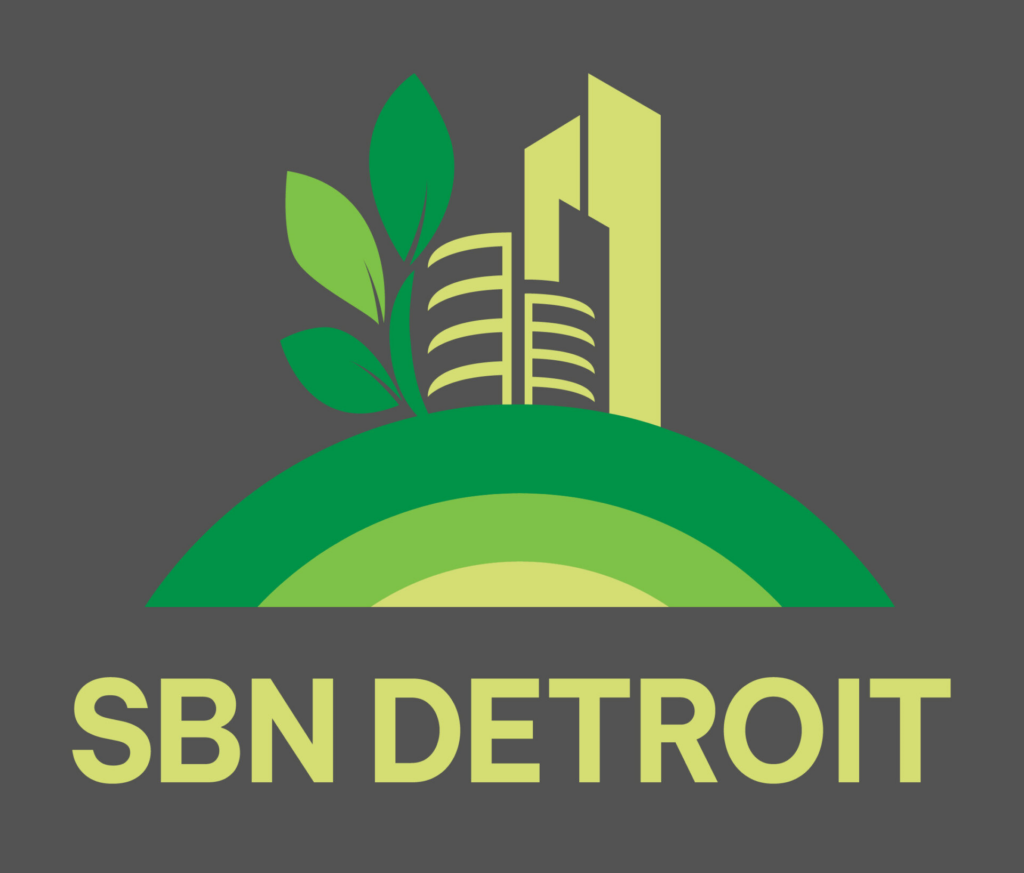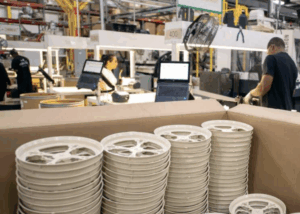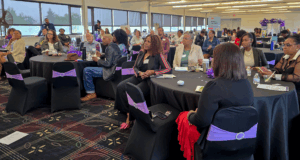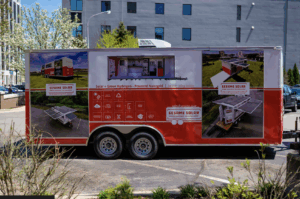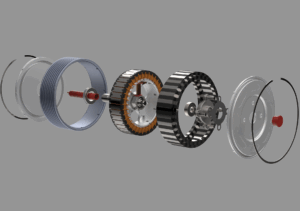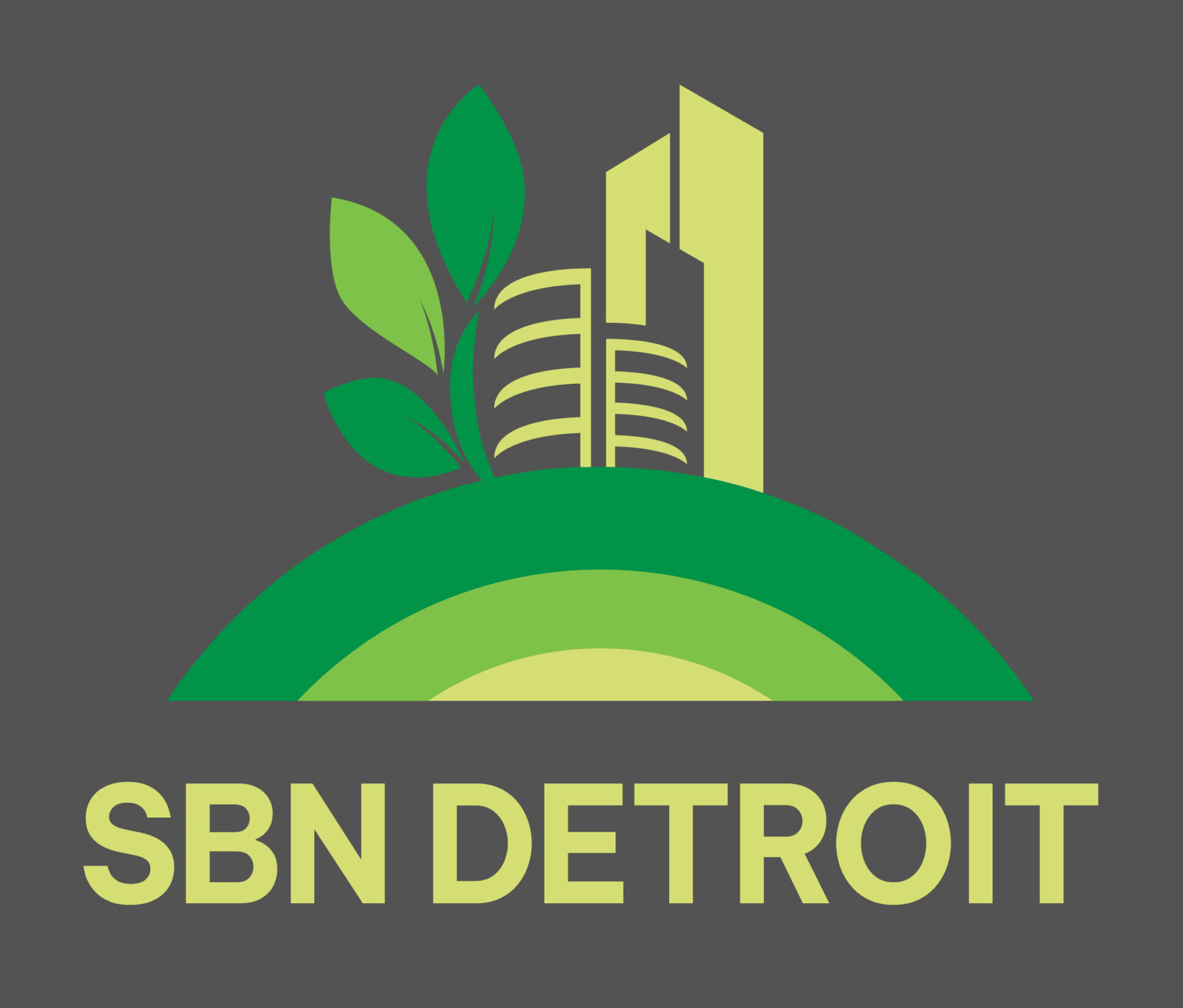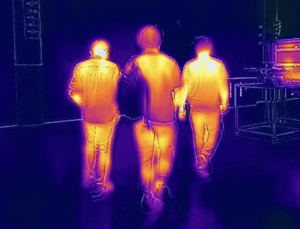
- Kim Kisner
- Business
- 06/03/2025
Decarbonization, Retrofits, and What’s Driving Change in Michigan
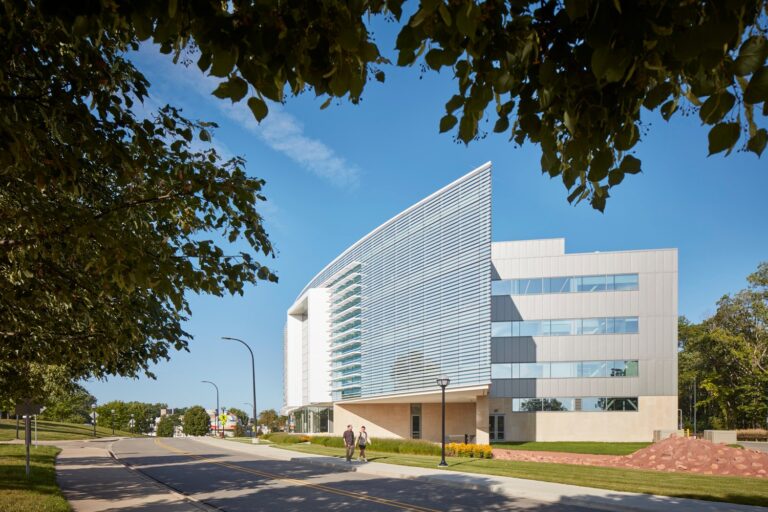
HED is an integrated design, architecture, and engineering company founded in Detroit with a Royal Oak office and a national presence, dedicated to designing high-performing, sustainable spaces that enhance lives and strengthen communities. The firm collaborates with both public and private clients to address the complex challenges of decarbonization and climate resilience.
SBN Detroit interviewed Daniel Jaconetti, National Sustainable Design Leader, and Thomas Hoff, Mechanical Engineering and Sustainable Design Leader, to explore the realities of achieving net zero, what clients are prioritizing in Southeast Michigan, and where sustainability efforts must go next.
Q: As we approach 2030, how realistic is the industry-wide goal of achieving net-zero operational and embodied carbon in buildings, and where are the biggest gaps today?
Jaconetti: Whether or not it’s “realistic” is beside the point; the goal is what is necessary. Scientists have defined what the atmosphere can tolerate, and we’re working backwards from there. The American Institute of Architects (AIA) has set a target of net zero energy (operational greenhouse gas emissions or “carbon”) by 2030 and net zero embodied carbon by 2050. That first part — net zero energy — is readily achievable for many, if not all. However, 2030 is less than five years away, and even if we think we may fall short, we can’t take our foot off the accelerator.
One of the biggest gaps right now is energy modeling. We have the tools, but too often, energy modeling is done late in the design process. If we model earlier, we can make smarter decisions upfront, decisions that shape a building’s performance for decades.
Q: What trends or client demands are driving sustainability in architecture and engineering, especially in Michigan?
Hoff: The most immediate driver is cost. More efficient buildings are simply cheaper to operate and easier to manage, especially when extreme weather hits. Energy efficiency and resilience go hand in hand, and that’s an easy sell.
We’re also seeing more clients who want to lead by example. They’re not just aiming for code minimum; they have their own climate goals and want to build high-performance environments that align with their values. Those are fantastic clients to work with because they’re already motivated and looking to push the envelope.
Q: What are the most common challenges you face when trying to decarbonize a project?
Jaconetti: The biggest challenge is often understanding. There are still knowledge gaps in what “decarbonization” actually means. Sometimes clients — even large manufacturers — are under pressure from global partners to “decarbonize” but don’t know what that entails. So, we start by educating and aligning on definitions.
Another issue is that the term “net zero” itself has been made confusing, sometimes defined as just being better than a baseline. That muddies the water. Let’s be honest and consistent about what we’re doing and why. This isn’t a branding exercise. It’s an existential issue for humanity.
Q: How do you communicate the long-term value or ROI of sustainable design to clients focused on short-term costs?
Hoff: Energy modeling is key. We can take a theoretical building and compare design options, showing exactly how much money (and energy / GHG emissions) a client might save over 5 or 10 years.
It’s about shifting the conversation from low first cost to lifecycle cost (or total cost of ownership). When we model early in the design process, we can shape the building to hit more favorable payback windows and improve ROI. In most cases, you spend a little more up front and gain a lot more over the long haul.
Q: Can you share a recent Michigan project that exemplifies sustainability, and what made it successful?
Hoff: One great example is the renovation and addition of the Alexander G. Ruthven Building at the University of Michigan. The original building was an old museum — architecturally iconic, but outdated and inefficient.
We helped transform it into a modern administrative and classroom facility, incorporating chilled beams, a VAV hot water system, and high-performance design throughout. It’s now LEED BD+C NC V4 Gold certified.
Even more important: we took a forward-thinking approach to the campus’s future. Although we needed to connect to U-M’s central steam plant in the near term, we designed the systems to be able to evolve into a more efficient central hot water system in the future, to align with their long-term sustainability goals. That kind of systemic thinking is what helps make a project truly sustainable.
Q: How do public vs. private sector clients approach sustainability, and how does that play out in Southeast Michigan?
Jaconetti: In our experience, both sectors are committed, but the way they document and communicate that commitment can differ. Public clients are often more visible and accountable to constituents, so there’s a strong emphasis on modeling, metrics, and transparency.
Private clients, especially those with ESG reporting obligations or international affiliations, can be just as rigorous. What varies most is the degree of certification or formal documentation they pursue.
Hoff: In the public sector, particularly with projects like laboratories or civic buildings, the long-term horizon is often more accepted. These clients understand that resilient design can mean lower operating costs over decades — and that aligns well with public funding structures.
Q: What role does retrofitting existing buildings play in decarbonization, and how does that differ from new construction?
Jaconetti: As architects, we love the blank slate of new construction — it allows us to optimize everything. But the most sustainable building is often the one that already exists.
About 50% of a building’s embodied carbon is in the structure. If we can reuse that structure, we’ve already made major progress. That said, we must evaluate trade-offs carefully. Upgrading systems to all-electric, for example, might not make sense if the embodied carbon of those new systems outweighs the operational benefits.
Every retrofit has different variables, it’s a nuanced equation, and we have to be honest about the priorities and data behind our decisions.
Q: What technologies, policies, or behaviors will be most important in accelerating sustainable design in the Great Lakes region?
Hoff: Embodied carbon reduction is critical, and we can make a big impact by sourcing local, low-impact materials and rethinking how we build. We also need to leverage technologies like heat pumps, which are far more efficient than electric resistance heating, even in a colder climate like ours. Heat pumps have historically been less efficient and less reliable in colder climates, so many people in the area stay away from them. However, modern equipment is changing that, and we can now use hybrid systems to improve efficiency.
Hot water generation is a huge piece of the puzzle in multifamily buildings, and we’ve seen up to 75% reductions in energy use when switching to heat pump systems. We also need to push for refrigerants with lower environmental impact — we have better options now, and they matter.
The biggest behavioral change? Breaking the cycle of “we’ve always done it this way.” There are better systems out there, but clients and builders need the education and support to adopt them.
Jaconetti: And let’s not forget water. Just because the Great Lakes surround us doesn’t mean we can waste it. Water use has energy implications — the less we use, the less we pump, treat, and heat. Smart water design is smart energy design, and it’s time we start thinking about that more intentionally.
Be sure to subscribe to our newsletter for regular updates on sustainable business practices in and around Detroit.
Kim Kisner
- All
- Business
- Community
- Education
- Events
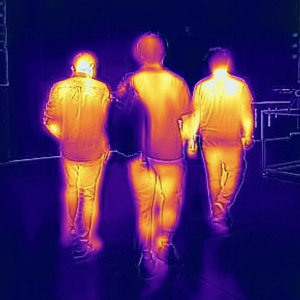
ThermoVerse is a Detroit-based urban innovation startup founded by engineer and researcher Shantonio Birch. The company’s work centers on advanced thermal energy storage and people-focused building technologies that reduce waste, stabilize indoor environments, and free up electrical capacity. SBN Detroit interviewed Birch about the future of grid resiliency, energy equity, and why Southeast Michigan is positioned to lead in next-generation smart city innovation. Q: What is the impetus...
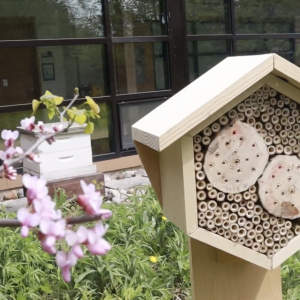
Pollinators are essential to Michigan’s ecosystems, food systems, and long-term environmental resilience — yet they face increasing threats from habitat loss, pesticides, disease, and climate change. As Southeast Michigan looks for scalable, science-based approaches to ecological stewardship, the University of Michigan-Dearborn has emerged as a voice in pollinator conservation, sustainability, and community education. SBN Detroit interviewed Dr. David Susko, Associate Professor of Biology and Chair of Biology in...
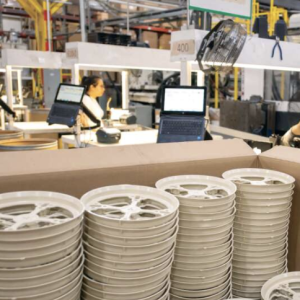
In the manufacturing world, sustainability is increasingly defined not just by recycling, but by what kind of recycling. For PolyFlex Products, based in Farmington Hills and part of Nefab Group, the future lies in creating closed-loop systems where materials are reused for equal or higher-value purposes — not simply “downcycled” into lower-grade goods. PolyFlex, which designs and manufactures reusable packaging and material handling solutions for the automotive and...
